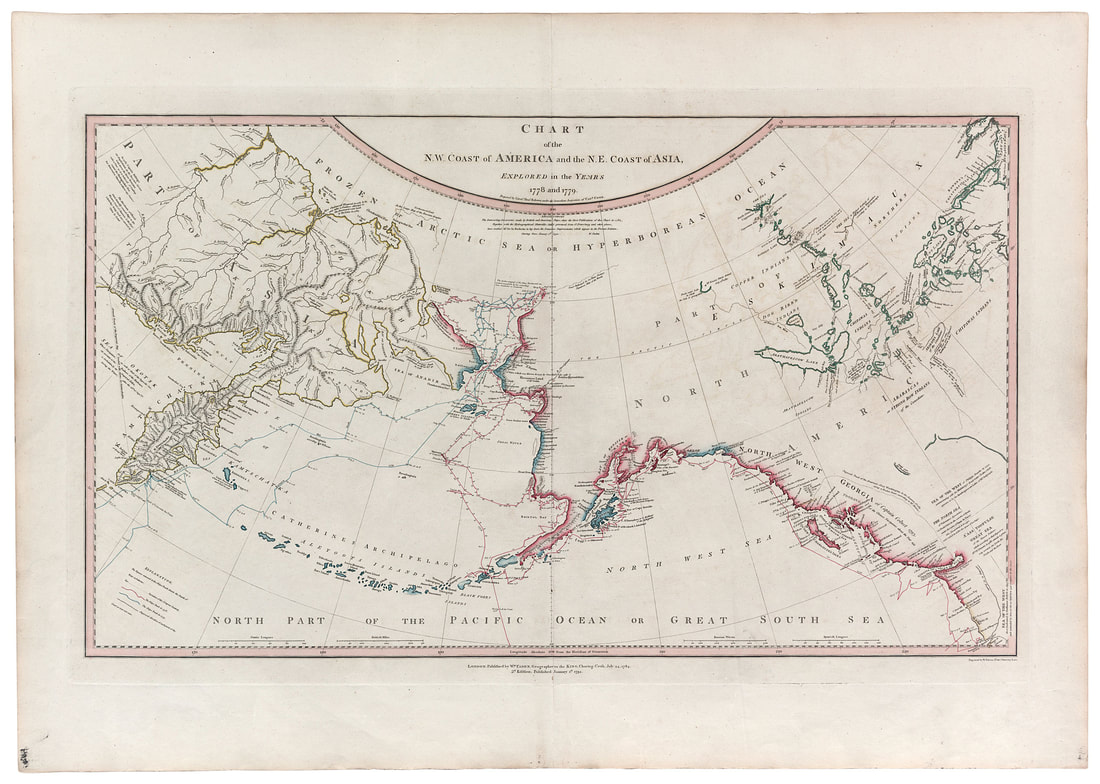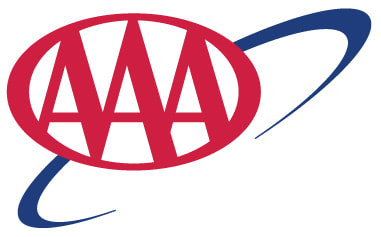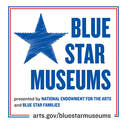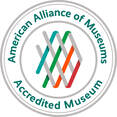William Fadden
Chart of the N.W. Coast of America and the N.E. Coast of Asia, Explored in the Years 1778 and 1779
London 1784, 1794
Chart of the N.W. Coast of America and the N.E. Coast of Asia, Explored in the Years 1778 and 1779
London 1784, 1794
The map of Cook's third voyage, 1778-1789, was published in London in 1784 and was accompanied by many sketches and drawings by his officers. This map is from the second edition, published in 1794. It shows the expedition's carefully plotted track up the coast after the first landfall on 10-11 March 1778, labeled Entrance of Martin d'Aguilar 1603, opening up to a large body of water called Sea of the West, with the description: first indicated by Guillaume de L'Isle in 1697 and extended by him as far as Quivira 340 leagues to the East. This is the last reference to Quivira on any map.
The cartographer, William Faden, incorporated into this second edition many other discoveries made after Cook's third expedition and during the ten years since the first edition of this map in 1784. Of particular interest is the supposed track (shown as a dashed line) of the American sloop Lady Washington penetrating the Gulph of Georgia in 1794 as reported by John Meares, an English fur trader active along the coast of British Columbia. The Lady Washington, commanded by Captain Robert Gray, was the first of many ships sailed by the so-called Boston Men, American fur traders competing for the lucrative China trade. In fact, John Meares told George Vancouver that Captain Gray had sailed completely around the east side of Vancouver Island, establishing that it is, indeed, an island. Further to the east, Mackenzie's New River is shown leading north from Lake Arthapescow (Lake Athabasca on today's maps) to the Arctic Sea, recording Alexander Mackenzie's first attempt to reach the Pacific Ocean overland from the interior of Canada.
NEXT MAP
PREVIOUS MAP
The cartographer, William Faden, incorporated into this second edition many other discoveries made after Cook's third expedition and during the ten years since the first edition of this map in 1784. Of particular interest is the supposed track (shown as a dashed line) of the American sloop Lady Washington penetrating the Gulph of Georgia in 1794 as reported by John Meares, an English fur trader active along the coast of British Columbia. The Lady Washington, commanded by Captain Robert Gray, was the first of many ships sailed by the so-called Boston Men, American fur traders competing for the lucrative China trade. In fact, John Meares told George Vancouver that Captain Gray had sailed completely around the east side of Vancouver Island, establishing that it is, indeed, an island. Further to the east, Mackenzie's New River is shown leading north from Lake Arthapescow (Lake Athabasca on today's maps) to the Arctic Sea, recording Alexander Mackenzie's first attempt to reach the Pacific Ocean overland from the interior of Canada.
NEXT MAP
PREVIOUS MAP






